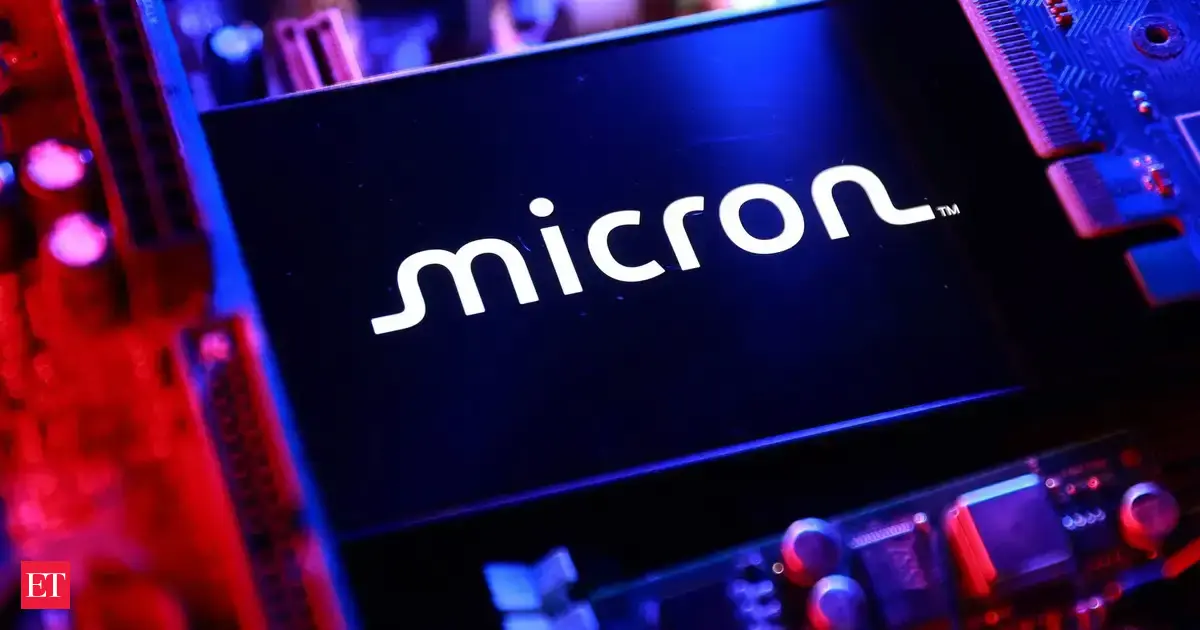
For the past four years, scientists at Oregon Health & Science University have been trying to write a new recipe for human reproduction. In 2022, the team led by boundary-breaking embryologist Shoukhrat Mitalipov reported the birth of three healthy mouse pups from eggs created in the lab with DNA from the skin cells of adult mice. But in a new paper, they disclosed that their attempt to try the technique with human cells has been mostly unsuccessful — at least so far.
In a research update, published Tuesday in Nature Communications, the group revealed that it has made some progress, including creating a process for reducing the number of chromosomes in a cell, dubbed “mitomeiosis” — a necessary step to avoid creating embryos with double the normal number of chromosomes. If the team overcomes the many remaining obstacles, the research could open new avenues for treating infertility, preventing heritable diseases, and allowing same-sex couples to have genetically related children. But the technique remains far from fully cooked.
Advertisement
“It kind of partially works, and partially doesn’t,” Mitalipov told STAT in an interview in which he acknowledged the technology requires refinement before it could move into clinical testing but remains optimistic about its future. “We will figure it out,” he said. “We know it can be done.”
For Hank Greely, director of the Stanford Center for Law and the Biosciences, that’s a bit of a disappointment. Nine years ago, Greely published a book detailing the rapidly advancing field of in-vitro gametogenesis, called “The End of Sex and the Future of Human Reproduction.” In it, he predicted that sometime in the ensuing decade, researchers somewhere in the world would show it was possible to produce a mature human egg or sperm from skin cells. So when he first saw a press release from Nature about Mitalipov’s paper describing it as exactly that, he felt the prognosticator’s thrill of vindication. Then he read the actual study.
“It’s interesting, but it’s not a proof-of-principle of making viable mature gametes,” Greely said. “They made things that look like eggs, but none of them are going to be viable.”
Advertisement
The idea behind in-vitro gametogenesis, or IVG, is to produce sperm or eggs — collectively known as gametes — in the lab rather than inside a human body. The field began to emerge in the early 2010s, as scientists became more adept at manipulating induced pluripotent stem cells (mature cells reprogrammed back to an embryonic-like stage) and using chemical cues to nudge them down different developmental paths, including those that lead to gametes.
Since then, scientists in Japan and China have demonstrated in mice that it’s possible to create mice from two male parents, using stem cell-derived eggs and surrogates. Several U.S.-based companies, including Conception and Gameto, are also pursuing artificial egg production using human stem cell technologies, though none has yet to disclose any success.
What Mitalipov’s group is doing is a bit different. Rather than building eggs totally from scratch using stem cells, his team’s process starts with an egg, to which it gives a series of genetic makeovers.
It’s based on an older technology, called somatic cell nuclear transfer, which was used to clone the first mammal, a sheep named Dolly. In cloning, the egg is emptied of its chromosomes — which in humans number 23 — and replenished with a full set of 46 chromosomes from a somatic cell donor before being stimulated in the lab to make it start dividing. Any offspring that result will be genetically identical to the donor.
In 2022, Mitalipov’s group showed that you could also use the procedure to generate unique individuals if instead of prodding the rejiggered egg cell to divide it was fertilized with sperm. However, in order for any resulting embryos to have the correct number of chromosomes, the donor DNA had to be cut in half, a process known as haploidization. As they mature, egg cells become equipped with the machinery to make that adjustment. In experiments with mice, the OHSU group reported that if the somatic DNA from a donor mouse’s skin cell was introduced at just the right time, along with a three-chemical cocktail, fertilization would then trigger the egg cell to discard one of its extra sets of chromosomes.
Advertisement
It was far from efficient, but three healthy mouse pups were born. Their genomes were a mix of the sperm and the skin donors plus the mitochondrial DNA from the egg donors. For Mitalipov, it was kind of like an extension of three-parent IVF, a technique he pioneered to treat mitochondrial disease. Since then, the OHSU researchers have been attempting to adapt the methods that worked in mice to make human embryos. But almost from the get-go, problems arose.
They discovered that unlike in mice, the cocktail-plus-fertilization combo wasn’t enough of a jolt to get their engineered human eggs to jettison half their chromosomes. Somehow, a component of their cytoplasm sensed something fishy was going on and shut down the chromosome-separating machinery.
Mitalipov eventually found a way to jump-start it back into action, with a combination of electricity and a chemical called roscovitine. However, unlike in nature, where the chromosomes generally pair up with their partners (one from each parent) and then each go their separate ways, in the OHSU lab, the induced mitomeiosis resulted in random distributions of chromosomes. In other words, while the average number of chromosomes left in the eggs was around 23, there was a lot of variation, and none of them had the full set of chromosome 1 through 22 plus the X chromosome.
They also failed to recombine. In nature, pairs of chromosomes swap parts during meiosis, so that the resulting gametes have 23 chromosomes — each one containing bits of DNA from both of that person’s parents. This is what gives siblings different physical traits from each other and their parents. In Mitalipov’s process, the resulting eggs had full chromosomes from one of the skin donor’s parents or the other, but not recombinations of both.
That meant when 82 of these eggs were fertilized, none of them had the correct number of chromosomes. Less than 10% of these fertilized eggs went on to develop into blastocysts, the stage of development at which time embryos would be transferred to the uterus in IVF treatment.
Advertisement
Amander Clark, a developmental biologist at the University of California, Los Angeles, who was not involved in the work, lauded Mitalipov’s group for its transparency in reporting their technology’s shortcomings, which she said demonstrated a valuable lesson in the differences between animal models and human biology.
Given that all the embryos reported in the paper had abnormal numbers of chromosomes, Clark said, “the results are indisputable; the technology should not move into clinical practice for reproductive purposes.”
Mitalipov agreed with that assessment. In order to get to that point, his group has to figure out how to make eggs that reliably have 23 chromosomes that have successfully recombined with each other. “Those are two major things that have to happen,” Mitalipov said. “There’s no way around it.”
His team at OHSU has been actively working on both issues, including using CRISPR gene-editing tools to induce double-stranded DNA breaks in places where chromosomes typically swap parts. That work is not yet published, but he said they’ve seen enough success that he’s hopeful they might have something ready for the clinic within a decade.
Even with that time horizon, his group’s latest report is likely to create renewed discussion around the ethics of reproductive technologies that offer radically new ways of starting human life.
“It’s fair to say this work raises some interesting legal questions about whether this would be considered illegal in jurisdictions that have outlawed cloning,” Greely said. “It’s going to depend on how carefully the laws were written.”
No federal law completely bans human cloning in the U.S., but some states, including Arkansas and Indiana, have laws prohibiting the creation or destruction of human embryos for research. Other states, including California and Iowa, permit cloning for research purposes, but not for reproduction.
Congress has also barred any research that creates, destroys, or knowingly harms human embryos from receiving federal funding. Mitalipov’s latest work has been made possible by a $4 million award from Open Philanthropy — a grant-making organization primarily funded by Facebook co-founder Dustin Moskovitz and his wife, Cari Tuna. The lab has also received funding from Longevity Impetus Grants, an organization founded in 2021 by Martin Borch Jensen of anti-aging gene therapy startup Gordian and former Thiel fellow Lada Nuzhna to funnel donations from crypto billionaires like Michael Antonov, Fred Ehrsam, and Vitalik Buterin into important problems in aging biology.
Advertisement
For IVG to move from the research lab to a fertility clinic in the U.S. would require permission from the Food and Drug Administration. It’s still unclear if that’s something the agency would be able to consider — a spending bill rider currently prevents the FDA from receiving any requests to pursue clinical trials involving starting pregnancies with embryos that have been genetically manipulated. In 2019, Congress considered modifying the ban, following a push from scientists and advocates of three-person IVF, but ultimately renewed it.
Elsewhere though, it’s becoming easier for IVG to move to human testing. In July, regulators in Japan explicitly allowed researchers there to create human embryos using stem-cell derived sperm or eggs, though only for research purposes. Still, close observers of the field believe that it’s a sign of increasing openness to potentially using these technologies in the future for reproductive purposes.
“Public engagement in reproductive technologies is important now more than ever,” Clark said. “Restorative reproductive medicine is unlikely to help women with low ovarian reserve, or gamete scarcity, and IVF is reaching the limits of what it can do to help these people. A transformative leap in reproductive technologies is needed to overcome these forms of infertility. How society gets there will benefit from robust public engagement combined with transparency from the scientists on safety and risks.”



